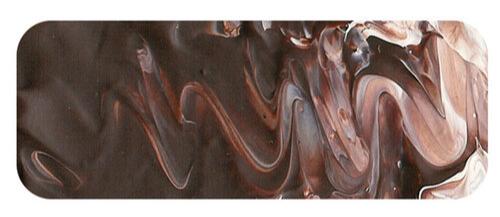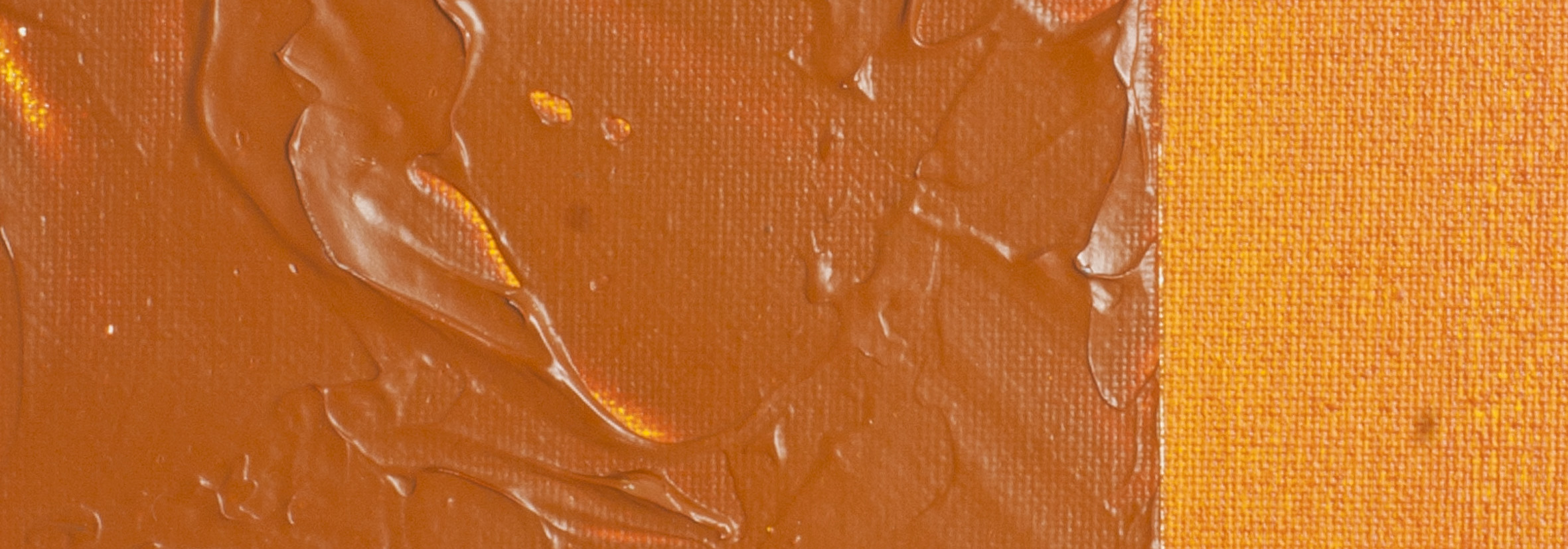Van Dyke Brown | Matisse Acrylic Paint
Chemical Description: Natural iron oxide
Pigment Number: PBr7
Lightfastness Rating: ASTM I
Pigment Opacity: Semi-transparent
Paint Opacity: Opaque
Series 1

Van Dyke Brown | Matisse Acrylic Paint
Origins and Pioneers
Van Dyke Brown, associated with Flemish Baroque artist Sir Anthony van Dyck, owes its initial use to Peter Paul Rubens. As Van Dyck was a pupil and principal assistant to Rubens, it was under Rubens' guidance that the young Van Dyck likely first encountered and employed this distinctive pigment. In its early days, Van Dyke Brown bore different names—Cassel Earth or Cologne Umber—derived from its mining location near Cologne, Germany. Essentially a Raw Umber infused with lignite, or brown coal, this original version held up well over time, yet its variable quality and prone-to-degradation lignite portion led to challenges.
Historical Challenges and Adaptations
As Van Dyke Brown gained popularity, unscrupulous colourmen worsened its reputation by using bitumen as a substitute for high-grade Cassel Earth. By the 19th century, the pigment fell out of favour due to its perceived unreliability and the changing fashion for paintings featuring extensive dark brown tones. However, the demand for very dark browns persisted among artists.
Modern Transformations and Matisse's Contribution
Van Dyke Brown underwent adaptations to meet modern needs, particularly due to issues with the original pigment. Substitute versions often blended black with Burnt Umber, making the colour more opaque than Rubens' transparent original. Matisse Van Dyke Brown stands out as it's crafted from a dense form of umber, rendering it distinctly opaque. This opacity enhances covering power, proving useful in various artistic situations. While Matisse offers Van Dyke Brown in an opaque form, artists can still explore transparency with alternatives like Transparent Umber, Burnt Umber, Raw Umber, and Raw Umber Deep.
Characteristics and Applications
Matisse Van Dyke Brown, with its warm chocolate tone, infuses warmth and opacity into mixed colours. It serves as an ideal base for creating a spectrum of browns. The colour's warmth and opacity make it suitable for shadows, where transparency may be challenging for the eye to focus on. On the other hand, its opacity lends solidity, making it ideal for depicting objects in the light. Van Dyke Brown becomes a versatile tool for artists, offering a beautifully warm and rich addition to their palette.
Safety Data Sheet for Matisse Van Dyke Brown (SDS)
To view or download a copy of Van Dyke Brown SDS, please CLICK HERE * (271kb)
*The above link will open an external Dropbox window
Van Dyke Brown is available in Matisse Structure, Matisse Flow

To install this Web App in your iPhone/iPad press ![]() and then Add to Home Screen.
and then Add to Home Screen.

